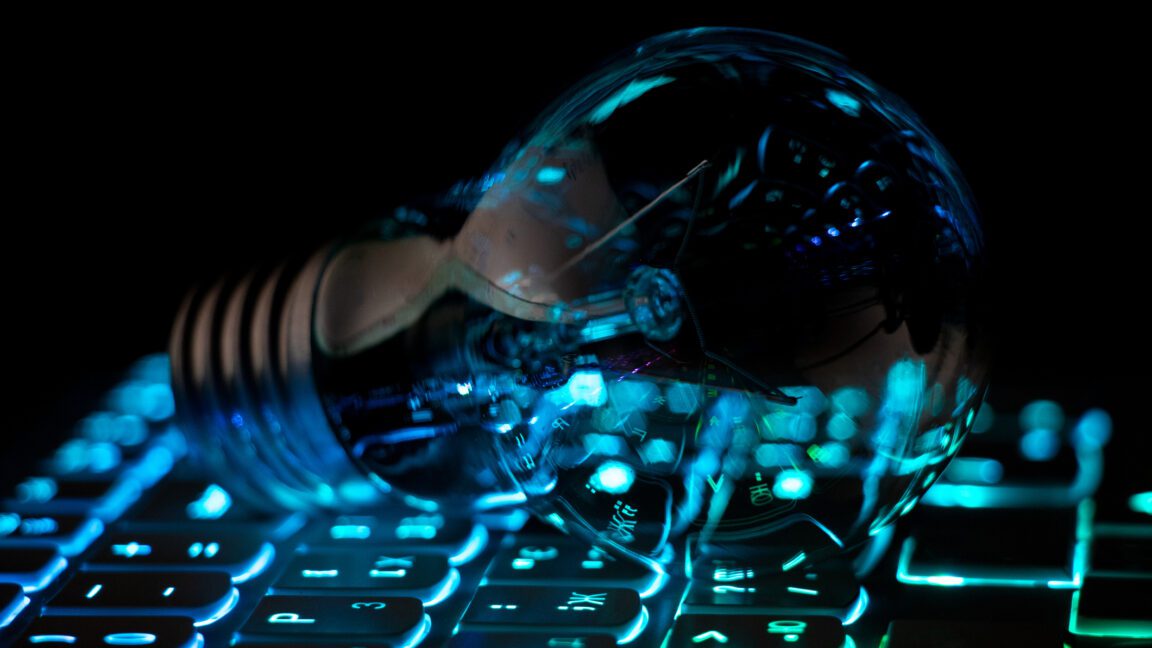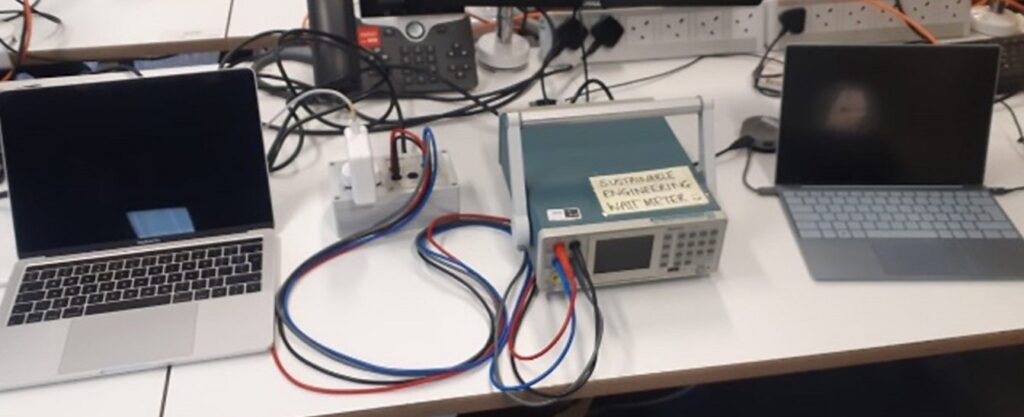
Understanding how OLED displays function reveals one of their standout features: Each pixel can be individually turned off, resulting in deeper blacks and improved energy efficiency. Dark mode settings, now prevalent across various operating systems, are designed to conserve energy by rendering the majority of backgrounds in dark or black hues, catering to users who favor this aesthetic.
But how does this concept translate to older yet prevalent screen technologies, such as LCDs? A recent study by the BBC examined the differences between light and dark modes on one of its website pages using an older laptop. The results indicated that when presented with the dark mode, many users increased the brightness significantly, often leading to a power consumption rate that exceeded that of the light mode.
It’s clear that dark modes fail to diminish power consumption in LCD setups. Although the findings are part of a non-peer-reviewed study shared at the International Workshop on Low Carbon Computing, they imply that the supposed efficiency of dark modes might be exaggerated when considering average hardware and typical user behavior.
Examining a 2017 MacBook Pro through Brightness Testing
The setup utilized by the BBC R&D team consists of a power monitor and a testing laptop with an LCD panel.
Credit: BBC
The R&D team at the British Broadcasting Corporation sought to examine the actual impact of dark mode on overall energy usage. Participants were instructed to adjust the brightness of their devices to a comfortable level while browsing the BBC Sounds homepage, comparing both the light and dark mode versions of the BBC Sounds website.
The BBC Sounds website alters its appearance based on user preference for light versus dark mode.
Credit: Kevin Purdy/BBC
The results indicated that 80% of the participants increased the brightness significantly when using the dark mode version of the website, according to the BBC’s blog post. The study highlights a broader conclusion:
Our research indicates that the perceived energy savings attributed to dark mode are more complex than typically assumed for display power consumption, necessitating careful consideration of user interaction and content design in sustainability practices.
Utilizing a physical power monitor—the Tektronix PA1000—the study connected a testing laptop, specifically a 2017 MacBook Pro featuring a 13.3-inch LCD display, to another laptop for monitoring purposes. The choice to use an LCD laptop is intriguing, given that the advantages of dark mode mainly rest on OLED technology. The BBC analysis cautions that, considering the predominance of LCDs among devices, the projection of energy savings may not be universally viable.











